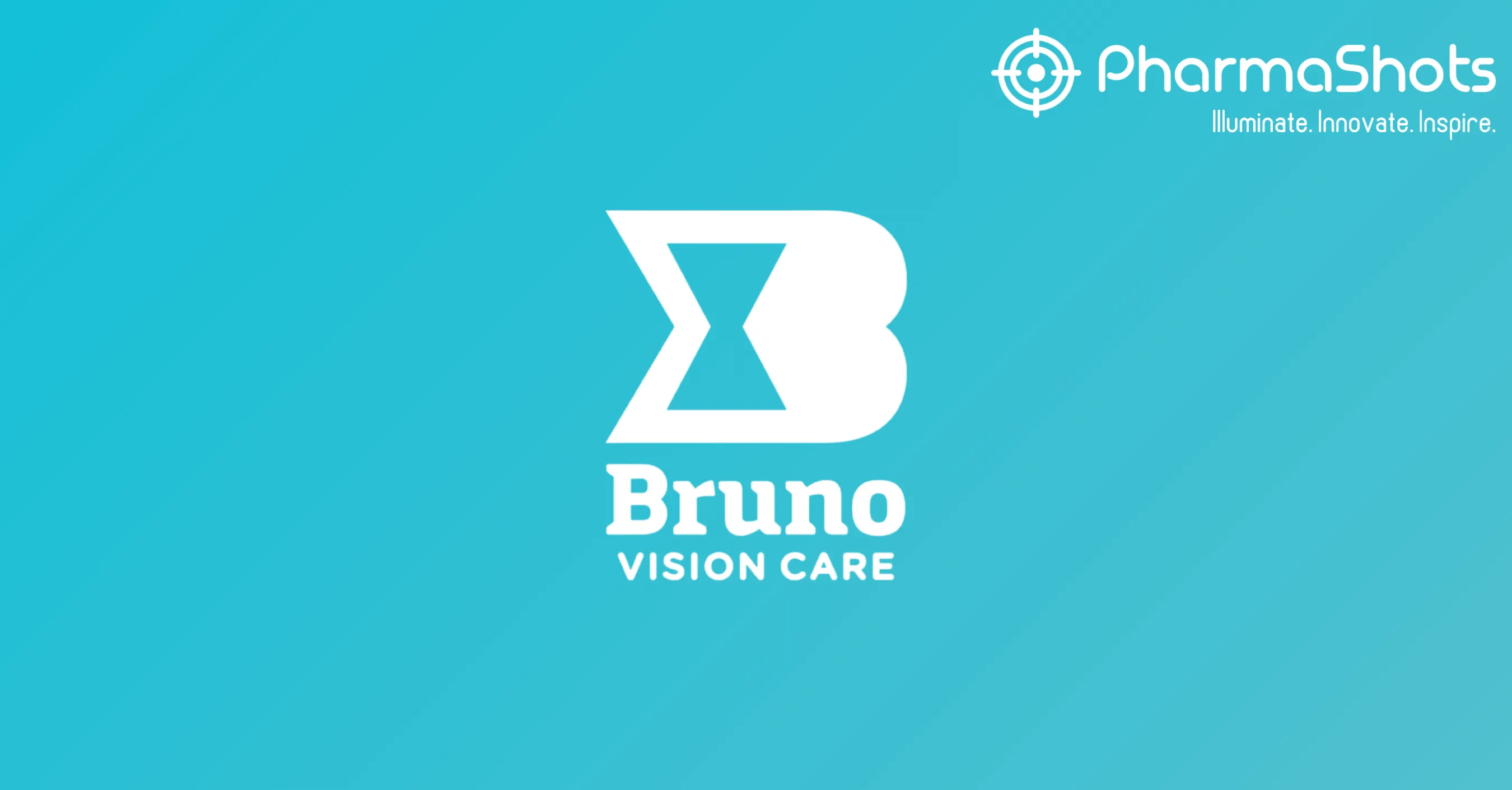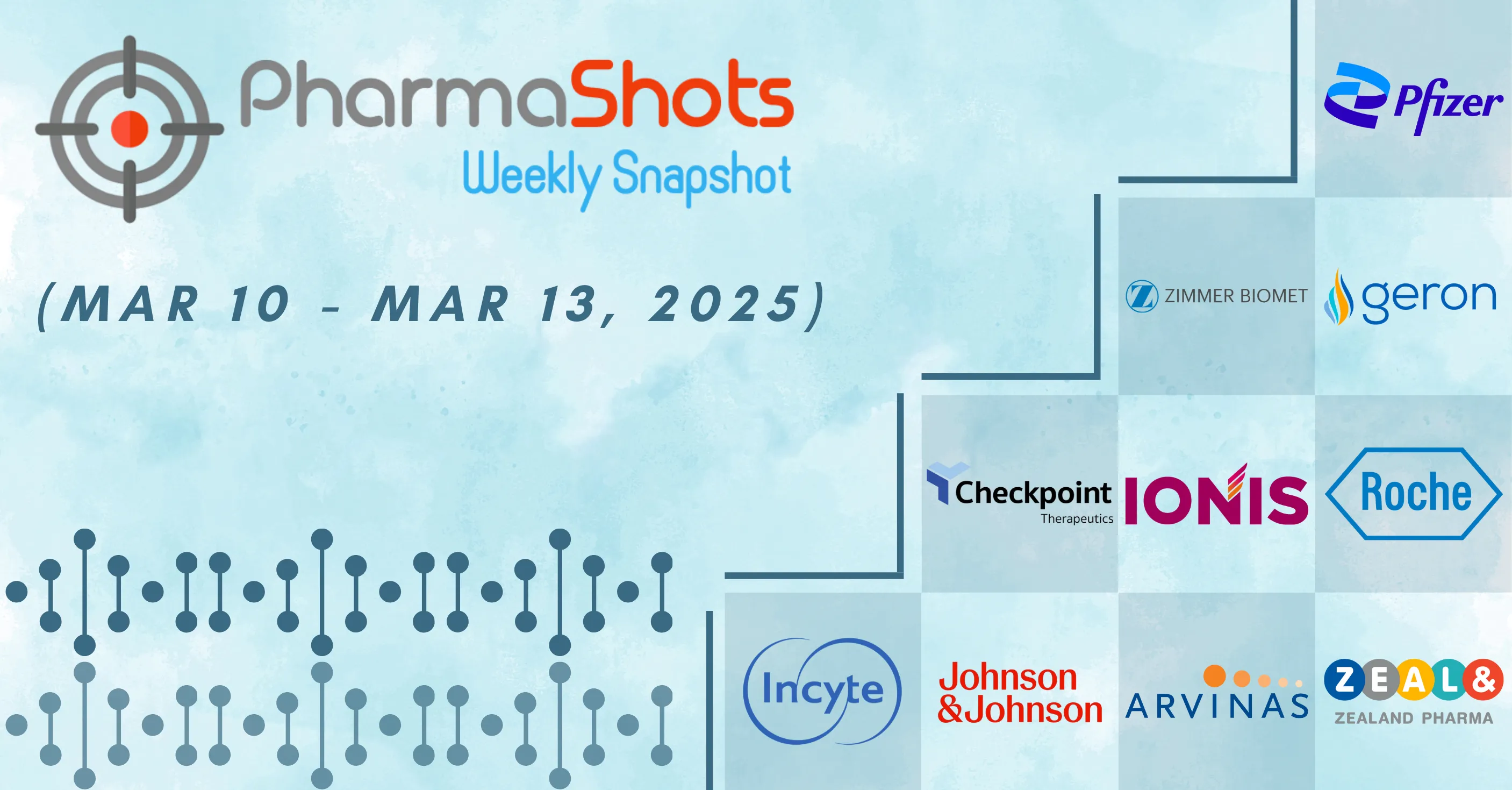
Digital Healthcare in India - Current Trends & Future
Digital healthcare means using communications and information technologies in medicine to diagnose, predict, treat, and monitor diseases. It is also widely used for prognosis, rehabilitation, behavioral health, and public health. Indians have witnessed a surge of smartphone and internet use since the last decade. This had led to an easier delivery of smart digital solutions. Known inequalities in access to healthcare, lack of trained professionals, outdated infrastructure, and low healthcare budget are some of the problems in India. Modern healthcare technology and innovation is the solution to improve the health status of the country. Similarly, the healthcare system is continuously being transformed with the latest technology. It is believed that in the coming decade, all pharmaceutical companies will leverage available technology to improve clinical outcomes. India`s healthcare industry has grown from $100 Billion (2015) to $280 Billion (2020) and is rapidly surging at a CAGR of 18.3%
Amidst Covid-19, there is a fortunate surge in innovation and locally made technology in India. The government is enthusiastic about digital solutions for rapid diagnostic methods among other innovations. Technology should be consumer-friendly, efficacious, and affordable. India is not far behind in terms of innovation.
The objectives of digital health products and services are:
- To improve clinical outcomes
- To improve the patient experience
- To be consumer-friendly
- To improve the physician provider experience.
- To address health problems
Need of Digital Technology to Manage Health
A plethora of issues exist in India`s healthcare sector which are still untouched by digital technology. Antibiotic resistance, medical reimbursement, TB, malaria, diabetes should be targeted in the coming decade.
The ratio of patients to doctors is below the acceptance rate. India does not meet minimum WHO recommendations for the healthcare workforce and infrastructure.

Image Source: PwC Analysis
In short, Digital healthcare is needed for the following:
- To improve access to healthcare
- To reduce healthcare inefficiency
- To improve the quality of care
- To lower the cost of healthcare
- To Provide individualized health care
Current Scenario
India is climbing the peak of the digital health revolution. The majority of healthcare professionals (HCPs) use electronic medical records (EMRs) for more efficient medical practice.
For a few years, novel digital solutions are gaining popularity with joints from private and public sectors. The government has recently launched the much needed National Digital Health Mission (NDHM). The private sector has rolled out mobile apps, telemedicine, research centers among other initiatives. Telemedicine, Artificial Intelligence (AI), mobile apps, robotics, and virtual reality (VR) are gaining popularity. Digital intervention in healthcare is expected to drive the industry at a CAGR of 23% by 2020.
India is climbing the peak of the digital health revolution. The majority of healthcare professionals (HCPs) use electronic medical records (EMRs) for more efficient medical practice.
Top 10 Digital Health Solutions
- M-health: A simple mobile app that provides online video consultation and an added feature to book laboratory tests online. It has an estimated market size of 5,184 crore INR in 2020.
- Remote diagnosis - These products provide point-of-care diagnostics, teleconsultation, and online prescription capabilities thus increasing access to healthcare in rural areas. For example, a wireless monitor that measures blood pressure, oxygen saturation, pulse, body temperature, blood sugar, blood cholesterol, and total hemoglobin (Hb) count with a mobile application on your smartphone. It is expected to grow at a CAGR of 20%.
- Telemedicine - It is the use of digital technology for remote diagnosis, monitoring, and patient counseling. The high volume of patient load (millions) on a few doctors (thousands) may burden the whole system and reduce its efficiency. Telemedicine or Virtual consultation will enhance patient experience and engagement; fewer tests would be prescribed; the rate of hospital re-admission will be less; better medication and patient adherence would lead to desired clinical outcomes. It is a rapidly emerging sector in India and the telemedicine market in India is expected to reach $32 million by 2020
- Digital Connectivity : support groups and knowledge portals for patients and digital chatting platforms for medical professionals.
- Wearables :- They are used to measure basic health parameters such as heart rate, number of steps, sleep pattern, etc. For example, exercise trackers, oximeters. The overall market for this is currently valued at 30 crore INR.
- Big Data Analytics - Healthcare players have realized the value of combining consumer insights and internal company data to optimize their products. Advantages are a) lower rate of medication errors, b) Facilitating Preventive Care c) More Accurate.
- Artificial Intelligence (AI) :- It helps in automation of clinical tasks and virtual nursing assistants. AI has the capability to transform health management. It is used in precision medicine, medical imaging, drug discovery, and genomics. DeepGenix helps the user in understanding their problems based on questions and then predicts the diagnosis. It uses deep phenotyping and deep learning (a form of AI).
- Electronic medical records (EMR): This should help reduce medical errors and improve health outcomes. Automated patient history has a lot of benefits. Arintra, an AI-based software incorporates branching techniques to collect and store patient history. It also helps in diagnosing and suggesting laboratory tests. It can also be used in telemedicine before the consultation.
- Virtual reality :- Surgeons are using virtual-reality simulations to improve their skills or to plan complicated surgeries.
- Blockchain :- It is proven to be effective in preventing data breaches, improving the accuracy of medical records, and reducing costs.

Image Source: PwC Analysis
Future
Digital healthcare will continue to remain an essential part of healthcare in India. Now medical tasks like analyzing radiology, pathology, or ophthalmology images are performed by computers. Telemedicine, E-pharmacy, fitness apps, wearable devices have become an integral part of the patient`s lives, especially during Covid-19.
Opportunities for the future
- Electronic medical records (EMRs)
- Robotics
- Smart health monitor
- Mobile health apps
- Computer processing
- Genomics
- Virtual Reality (VR)
Though some innovations are still in the early stages, they look promising. For example, research on 3D-printed hearts and other organs is being carried out; doctors are using VR instead of medication to treat pain; robots are being used in surgeries; genomic analysis. The need for digital innovations has become even more urgent during the Covid-19 pandemic.
Conclusion
There is a significant need for digital technology to bridge healthcare gaps. India holds the potential for digital growth, given its innovation rate, identification of problems, growing population, and surging healthcare industry. Digital technology will help India achieve healthcare for all and will soon emerge as a global leader in digital health.
References
- PwC Digital Health Whitepaper: Indian Healthcare on the cusp of a digital transformation.
- Digital Healthcare in India
- Digital Health
About Co-Author

Sunaina Anand
Dr. Sunaina Anand, Pharm. D is a Clinical Pharmacist. She currently serves as Medical Affairs Executive in IntelliMed Healthcare Solutions. She previously interned in Tata Memorial Hospital and Columbia Asia Hospital, Bengaluru.
Related Article: ViewPoints Article: Digital Revolution in Healthcare and Strategic Role of Medical Affairs Amidst Covid-19 Outbreak
Tags

This content piece was prepared by our former Senior Editor. She had expertise in life science research and was an avid reader. For any query reach out to us at connect@pharmashots.com














